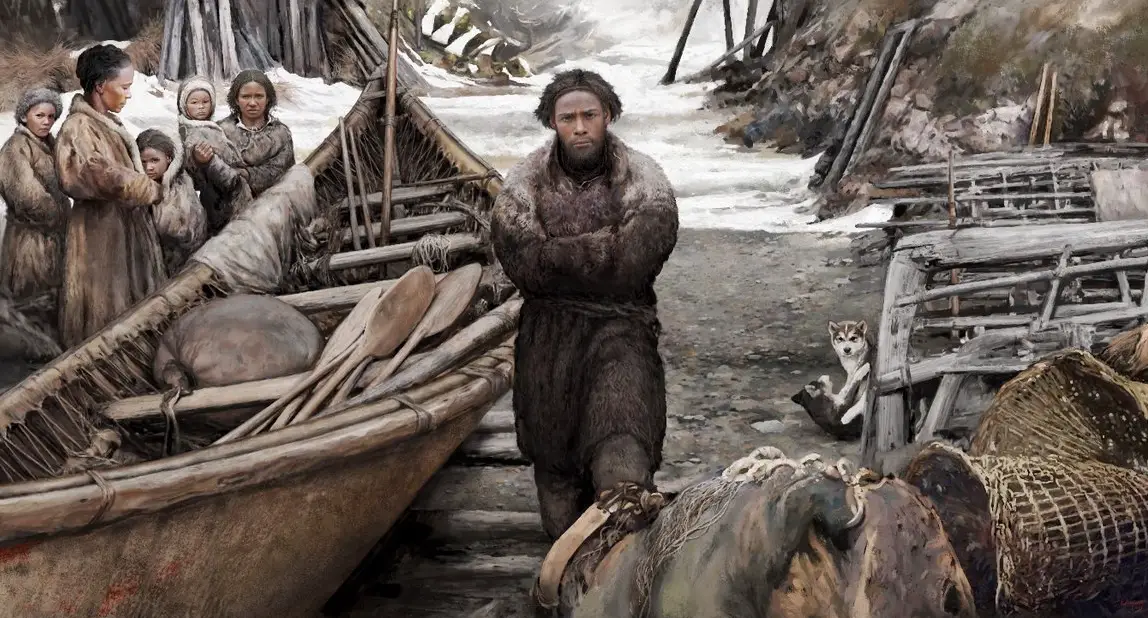Various reports concerning the existence of a giant being, over two meters tall, with a bizarre look, neither human nor monkey, are spreading among the Pamirs’ residents. In the 1980s, a Soviet expedition traveled to Tajikistan, to the valley of Mount Guisar, in the Pamir-Altai chain, in order to identify this creature. The researchers drew a line in the stony ground and shattered it, creating a dusty pathway where a night visitor could leave his mark.
A few days later, one of the expedition members discovered a 34 centimeter long and 16 cm wide footprint on the track. The “huge bump” was the name given to the strange creature that had left this mark (big leg). Big Foot was also given to a relative of hers who resides in the northern United States by researchers.

In other parts of the world, such beings have been observed, in which many researchers see Neanderthal man surviving. Chris Bonington, an English mountaineer, claimed to have photographed the footsteps of a “mountain man” in the Himalayas at a height of nearly 5,000 meters.
The potential of hominids in the Jiulong Mountains in Zhejiang Province has been reported in the Chinese press. Researchers uncovered 11 nooks cut into the rock at an altitude of 1,550 meters in these untamed highlands covered in extensive woods. A kind of thick bed constructed of straw and dry leaves lay on the ground inside them. The residents of the area told the researchers that the hominids, whom they occasionally saw from afar, are 1.50-1.60 m tall, weigh 70-80 kg, and have reddish hair 3-4 cm long covering their bodies.

To learn more about this Yeti, Chinese scientists undertook a series of excursions to Tibet, Junnan, Hubei, Shanxi, and Zhejiang, but to no result. “Her skull is strikingly similar to that of the ‘Beijing Man,’ who has long since vanished,” said biologist Wang Tselin, who studied such a creature killed in the Gansu region in 1940. According to scientists, this living thing eats insects, rodents, roots, plants, and fruits. Chinese experts believe it is a descendant of the gigantopithecus, an animal that differs from humans in that it does not communicate (just shouts) and does not utilize tools, among other things.
Shackley, an English anthropologist, believes that there are two groups of survivors of beings thought to have vanished long ago. Survivors of the gigantopithecus group have been found in some locations, whereas Neanderthals have been found in others.






